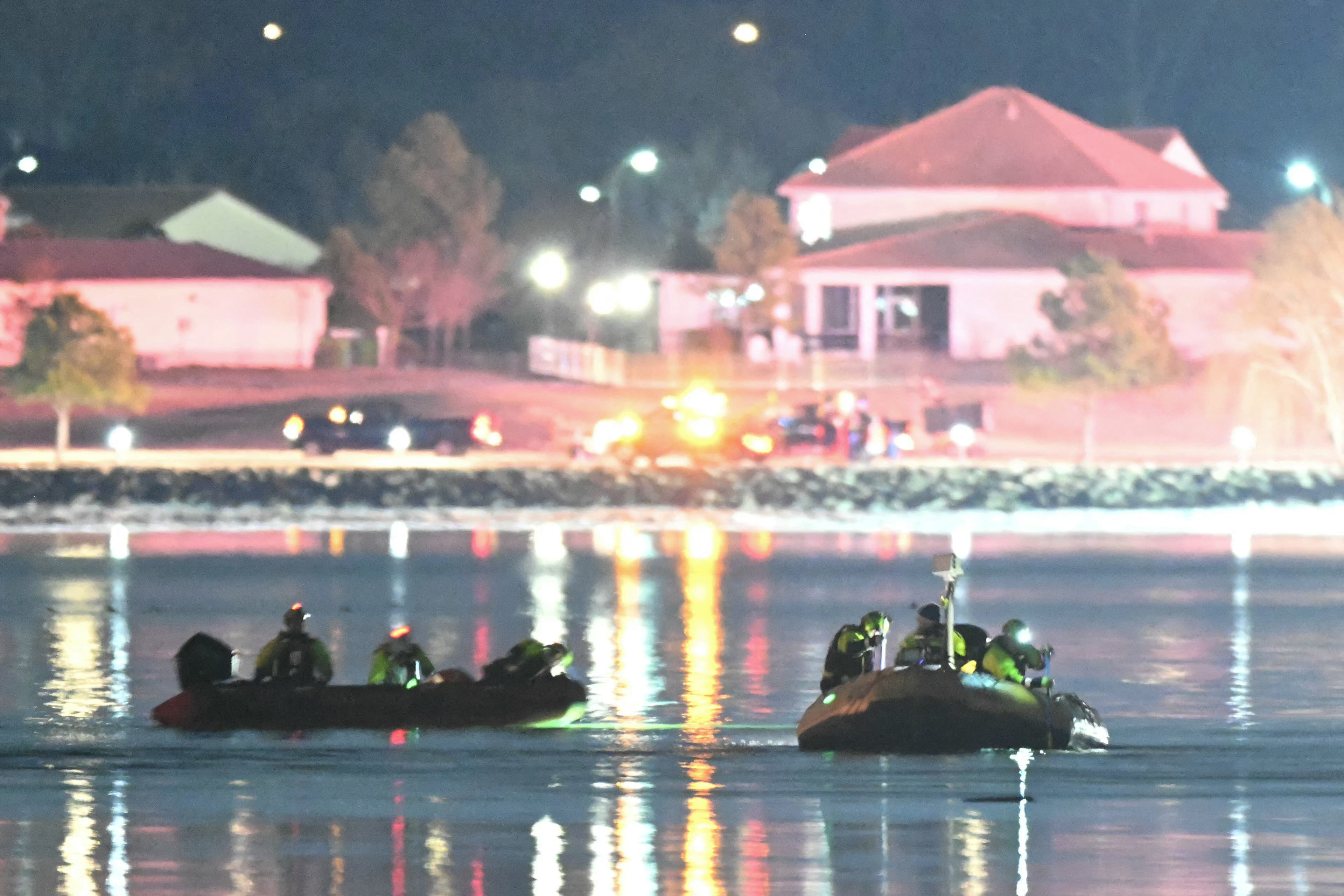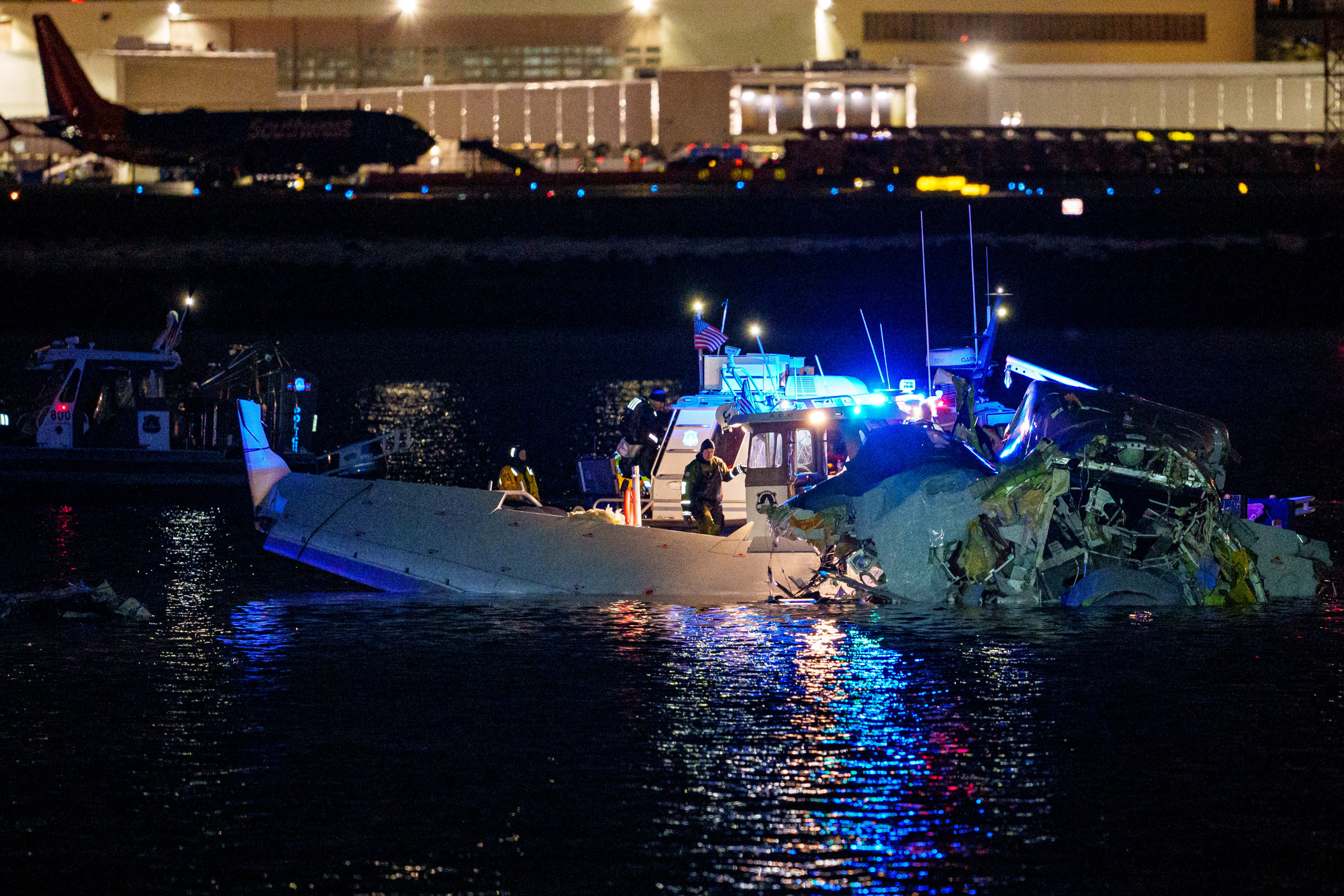PlanR Crash DC: A Comprehensive Analysis Of The Incident And Its Implications
PlanR Crash DC has become a topic of significant concern for aviation enthusiasts and professionals alike. The incident, which unfolded amidst heightened scrutiny of aviation safety, raises critical questions about the reliability of modern aircraft systems and emergency response protocols. This article delves into the specifics of the event, examining its causes, consequences, and lessons learned, ensuring a detailed understanding of its broader implications.
The aviation industry is one of the most tightly regulated sectors globally, with safety as its top priority. However, incidents like PlanR Crash DC highlight the challenges faced in maintaining this standard. This article explores the event from multiple angles, providing valuable insights for stakeholders and the public alike.
By analyzing the incident in depth, we aim to provide clarity on the causes, the response measures taken, and the improvements that can be implemented to prevent similar occurrences in the future. Our goal is to ensure that readers are well-informed and equipped with the knowledge necessary to understand the complexities involved in aviation safety.
Read also:Kraken Congee Restaurant A Hidden Gem For Food Lovers
Understanding PlanR Crash DC: An Overview
What Happened During the Incident?
The PlanR Crash DC occurred under circumstances that have been meticulously documented by aviation authorities. The aircraft, a state-of-the-art commercial jet, experienced a sudden systems failure shortly after takeoff from Washington Dulles International Airport. This failure led to a loss of control, resulting in a catastrophic crash.
Key details of the incident include:
- The aircraft model involved and its recent maintenance history.
- The weather conditions at the time of the crash.
- Preliminary findings from the investigation conducted by the National Transportation Safety Board (NTSB).
These factors, among others, contribute to a clearer understanding of the chain of events leading up to the disaster.
Causes of the PlanR Crash DC
Investigations into the PlanR Crash DC have identified several potential causes, ranging from mechanical failures to human error. Below, we explore the most likely factors:
- **Systems Malfunction:** Early reports suggest that a critical system failure played a significant role in the incident.
- **Pilot Response:** The actions taken by the flight crew during the emergency are being closely examined to determine their impact on the outcome.
- **Maintenance Oversight:** Questions have arisen regarding the adequacy of pre-flight inspections and maintenance procedures.
Each of these elements is being scrutinized to identify areas for improvement in aviation safety protocols.
Impact of PlanR Crash DC on the Aviation Industry
Economic Consequences
The PlanR Crash DC has had a profound economic impact on the aviation industry. Airlines operating similar aircraft models have faced increased scrutiny, leading to costly inspections and potential fleet grounding. Additionally, public confidence in air travel has been shaken, resulting in a decline in bookings and revenue for airlines.
Read also:Mikel Brown Jr Dad The Inspiring Story Of A Father And Son
Key economic impacts include:
- Increased operational costs due to enhanced safety measures.
- Loss of consumer trust, affecting long-term profitability.
- Potential lawsuits and compensation claims from affected parties.
Social and Psychological Effects
Beyond the economic ramifications, the PlanR Crash DC has also had a significant social and psychological impact. Families of the victims have been deeply affected, and the broader public has become more aware of the risks associated with air travel. This heightened awareness has led to increased demands for transparency and accountability within the aviation industry.
Investigation and Analysis of PlanR Crash DC
Key Findings from the NTSB Report
The National Transportation Safety Board (NTSB) has released preliminary findings from its investigation into the PlanR Crash DC. These findings provide valuable insights into the causes of the incident and highlight areas for improvement in aviation safety.
Notable findings include:
- Deficiencies in aircraft design and manufacturing processes.
- Gaps in pilot training and emergency preparedness.
- Insufficient regulatory oversight in certain aspects of aircraft operations.
These findings underscore the importance of continuous improvement in aviation safety standards.
Lessons Learned from the Incident
The PlanR Crash DC serves as a critical learning opportunity for the aviation industry. By analyzing the incident, stakeholders can identify best practices and implement measures to enhance safety. Key lessons learned include:
- The need for more rigorous testing and validation of aircraft systems.
- The importance of comprehensive pilot training programs.
- The necessity of robust regulatory frameworks to ensure compliance with safety standards.
Technological Implications of PlanR Crash DC
Advancements in Aircraft Safety Systems
In response to the PlanR Crash DC, there has been a push for advancements in aircraft safety systems. Manufacturers are investing in cutting-edge technologies aimed at improving reliability and reducing the likelihood of system failures. These innovations include:
- Enhanced sensor systems for real-time monitoring of aircraft performance.
- Artificial intelligence-driven predictive maintenance solutions.
- Improved communication systems for better coordination during emergencies.
These developments are expected to significantly enhance the safety of future flights.
Role of Automation in Modern Aviation
Automation plays a crucial role in modern aviation, offering numerous benefits in terms of efficiency and safety. However, the PlanR Crash DC highlights the potential risks associated with over-reliance on automated systems. It is essential to strike a balance between automation and human intervention to ensure optimal safety outcomes.
Regulatory Response to PlanR Crash DC
Changes in Aviation Safety Regulations
In the wake of the PlanR Crash DC, regulatory bodies worldwide have taken steps to strengthen aviation safety regulations. These changes aim to address the vulnerabilities exposed by the incident and ensure that similar events are minimized in the future.
New regulations include:
- Stricter requirements for aircraft certification and testing.
- Enhanced oversight of maintenance and inspection processes.
- Increased focus on pilot training and emergency preparedness.
International Cooperation in Aviation Safety
The PlanR Crash DC has underscored the importance of international cooperation in ensuring aviation safety. Regulatory bodies, airlines, and manufacturers are collaborating to develop standardized safety protocols and share best practices. This collaborative approach is essential for maintaining global aviation safety standards.
Public Perception and Confidence in Aviation
Rebuilding Trust in Air Travel
Rebuilding public trust in air travel following the PlanR Crash DC is a priority for the aviation industry. Airlines and regulatory bodies are working together to communicate transparently about safety measures and improvements being implemented. This transparency is critical in restoring consumer confidence.
Role of Media in Shaping Public Opinion
The media plays a significant role in shaping public perception of aviation safety. Accurate and balanced reporting of incidents like PlanR Crash DC is essential to avoid unnecessary panic and misinformation. By providing clear and factual information, the media can help maintain public confidence in air travel.
Future Outlook for Aviation Safety
Innovations in Aviation Technology
The future of aviation safety lies in continued innovation and adoption of advanced technologies. From autonomous flight systems to enhanced communication networks, these innovations promise to make air travel safer and more efficient. However, it is crucial to approach these developments with caution, ensuring that they are thoroughly tested and validated before implementation.
Commitment to Continuous Improvement
The aviation industry's commitment to continuous improvement is vital in preventing incidents like PlanR Crash DC. By fostering a culture of safety and encouraging open communication, stakeholders can work together to create a safer and more reliable air travel experience for all.
Conclusion
The PlanR Crash DC serves as a stark reminder of the challenges faced in maintaining aviation safety. Through thorough investigation and analysis, the industry has identified key areas for improvement and is taking decisive action to address them. As we move forward, it is essential to remain vigilant and committed to ensuring the highest standards of safety in air travel.
We encourage readers to engage in discussions about aviation safety and share this article to raise awareness. By working together, we can contribute to a safer and more reliable aviation industry for future generations.
Table of Contents
- Understanding PlanR Crash DC: An Overview
- What Happened During the Incident?
- Causes of the PlanR Crash DC
- Impact of PlanR Crash DC on the Aviation Industry
- Economic Consequences
- Social and Psychological Effects
- Investigation and Analysis of PlanR Crash DC
- Key Findings from the NTSB Report
- Lessons Learned from the Incident
- Technological Implications of PlanR Crash DC
- Advancements in Aircraft Safety Systems
- Role of Automation in Modern Aviation
- Regulatory Response to PlanR Crash DC
- Changes in Aviation Safety Regulations
- International Cooperation in Aviation Safety
- Public Perception and Confidence in Aviation
- Rebuilding Trust in Air Travel
- Role of Media in Shaping Public Opinion
- Future Outlook for Aviation Safety
- Innovations in Aviation Technology
- Commitment to Continuous Improvement
- Conclusion


